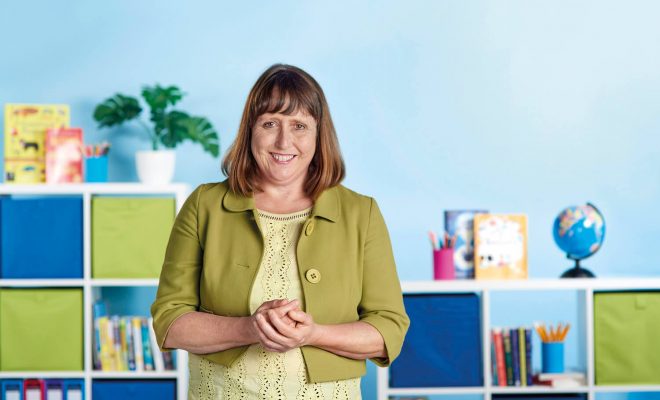
Nursery Environments
Returning to School After Coronavirus Lockdown
At a time of great uncertainty, schools and settings are trying to work out the best way to support their children as they return to school after coronavirus lockdown. Similarly, lots of parents will be wondering and worrying about what the new academic year will bring.
In many ways, it is a waiting game for schools and settings, because we have no way of knowing exactly where we will be with Covid-19 come September. However, there are plenty of ways to plan and prepare now to ensure smooth transitions for children, parents and staff.
Many settings have stayed open throughout the pandemic – offering provision for key worker children, and then reopening fully to all children in early years from June, as the government requested. Other settings will have closed during lockdown and some, due to their circumstances, may not have been able to reopen yet, or may only have partially reopened.
Those settings that are usually open year-round, such as full daycare nurseries and childminders, will of course remain open over the summer. Term time only settings and schools will be on holiday over the summer but thinking about and planning for September – it really is a mixed picture across the early years.
Lockdown Environments
The experience of lockdown learning for parents and children has varied widely too. There are those parents in key worker roles who had to keep on working throughout lockdown, and whose children carried on attending settings.
For these children, provision may have looked fairly different to how it usually is. With small group ‘bubbles’, a limit to the type and number of resources used and the EYFS currently disapplied, the situation has been far from normal even for those children who were not learning at home.
There are parents who sent their children back to the setting or school as soon as they were able. Then there are others who have chosen to keep their children at home for a longer period of time, for instance if they were able to continue working from home, if they felt it was not yet safe to return, or if their families were shielding.
Lockdown Learning
Anecdotally, despite all the worries and uncertainties of lockdown, many parents (and particularly those who were furloughed) have enjoyed spending the time at home learning with their children.
Parents have shared examples on social media of art projects they have done together, of the vegetable growing they have done with their children, of the volunteering work they have done in their local communities, and so on. Despite the difficulties, and concerns about vulnerable children and families, there is much to celebrate in the learning that has gone on in many homes.
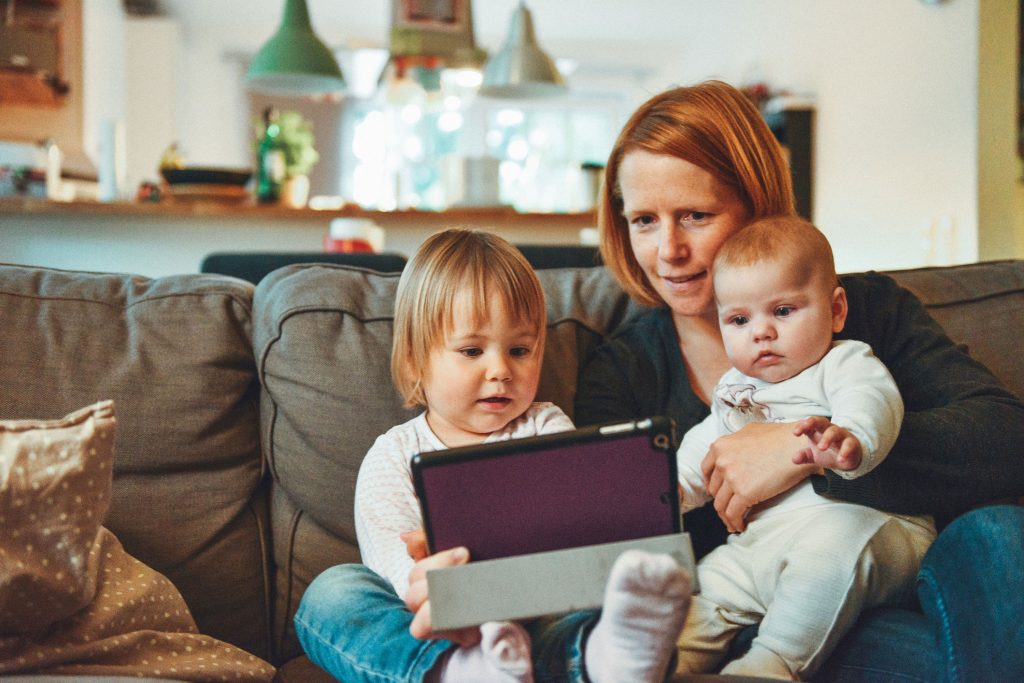
It is worth remembering that, as a non-compulsory phase of education, children in the early years do not have to be in our settings. The fact that so many parents do send their children into settings is partly to do with the demands of work, but it is also a sign of how much parents value the early education and care that we provide.
Transitioning: Returning to School
In early years settings one of the key concerns, even in more ‘normal’ times, is how to help children transition into the setting from the home, or into school based early years provision from a PVI setting. Approaches vary in terms of how settings approach this aspect of their work.
In our preschool setting, our policy is to allow parents to ‘stay and play’ for as long as they wish. While some parents prefer to ‘drop and go’, we find that a number of parents are happy to take their time over the transition.
Some early years settings ask parents to ‘drop and go’ right from the start, either because they feel that this is most appropriate approach, or because they do not have the space in the setting to accommodate parents. There is no ‘right’ or ‘wrong’ way to go about transitions – simply a professional judgement about what is best for your children and your context.
Settling Your Children Back In
In these unusual times, clearly the option for parents to ‘stay and play’ is going to be limited. One potential approach to allow parents to stay to settle their child might be to cordon off an outside area where the parent can play with their child. Eventually the child will be ready to move away and join in with children playing elsewhere.
Help your parents understand that even those children who find it difficult to separate will usually settle quickly once the parents leave. It can be useful to reassure parents that you would always get in touch if a child did not settle quickly and remained upset.
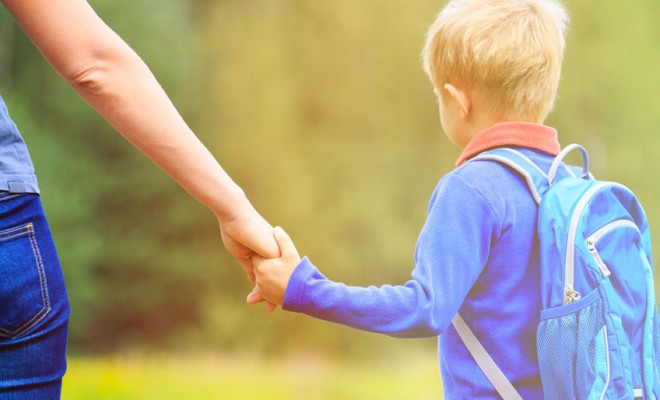
Children will often feed off the emotional state of their parents, and so if your parents feel anxious about returning to school or setting, this may lead some children to be anxious as well. Aim to quell any anxieties ahead of time by giving lots of information to parents about your approach.
Supporting the Transition
Even in the current tricky situation, there are lots of ways in which you can support transitions for children as they return to your school or setting. Sharing photos or videos of the setting is a useful way to help children visualise what it will be like to be back, or to start in the setting if they have not previously attended.
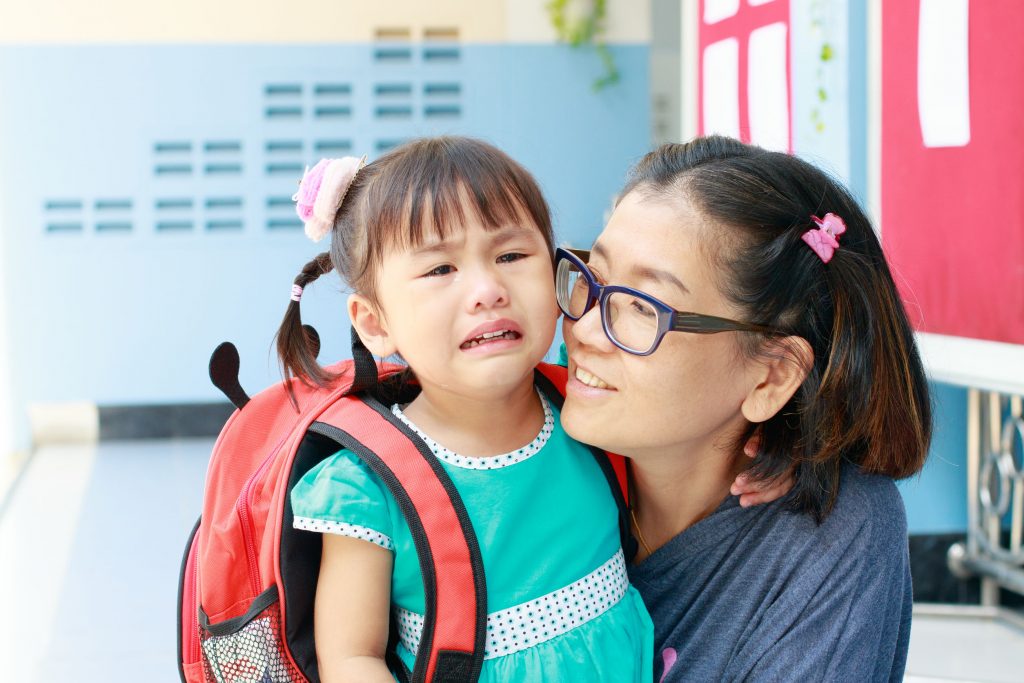
Some settings have created a ‘walk through’ of their setting to support their families. This is particularly useful to explain aspects like a staggered drop off, or where you have had to put a one-way system in place. The more information you can provide to parents before they return to school, the more likely they are to feel confident about the transition.
A useful suggestion is for parents to drive or walk past your school or setting with their child before they return, to familiarise them with what the setting looks like and where it is. Parents could do this regularly, for instance at the same time of day that they would normally drop off their child. The more often they can do this, the more familiar it will be for the child when they do come back.
Communication – Lockdown and Beyond
Many settings have stayed in close contact with their families during lockdown via the various online options that are available. For instance, while our setting was closed we sent home videos of our practitioners sharing nursery rhymes via an online app. Video is a great way to help parents see the kinds of playful activities that support learning for this age group.
Is Your Setting SEN Ready? – Free Email Course
Clearly it is not possible to do home visits for new starters at the moment. However, we have found that home visits via an online meetings tool such as Zoom or Skype have been a useful replacement for our usual ‘in person’ approach.
Similarly, you could make phone calls home to chat with parents and to help them with any questions that they might have. The key person system means that children should have a familiar face and parents should have a known point of contact on arrival to help with settling.
Risk Assessments
When you are doing your risk assessments, it is tempting to focus mainly on the needs of the setting and of your staff and children, and to forget that parents will be anxious and wanting information as well. Ensure that you take time to explain the hygiene procedures you have put in place to parents. This will help to reassure them about the safety of the return.
Parents will want to feel that staff are confident about the procedures, so make sure to talk these through in detail with your staff team. Encourage staff to raise any worries or concerns and make it clear that you are open to feedback.
Supporting Your Children: Ideas for Parents
Encourage parents to talk with their children about the return to, or start at, your setting. For instance, chatting about what they are most excited to do (probably to see their friends!) and also whether they have any concerns. They could also talk to the child about what they have most enjoyed about lockdown learning and why.
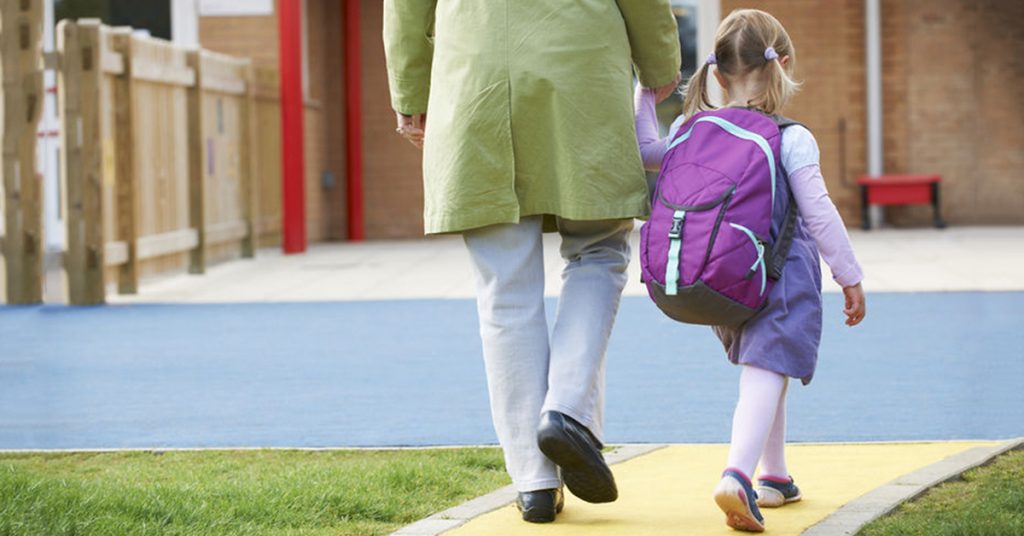
When children first arrive at the setting, it can be very helpful for them to bring in an item from home, because it allows them a link to the positive emotions that they associate with the home environment. This might be a small cuddly or a toy that the child enjoys. For hygiene reasons, the item could be kept in the setting in the child’s book tray, or ‘quarantined’ for several days before it is taken home again.
If the setting has a uniform, it can ease the transition to practice getting dressed well ahead of the first day back. Similarly, things like making a packed lunch together, or packing a school bag, can really help children mentally prepare for a new start.

To find out more about Sue Cowley and her ongoing work in the childcare sector, visit www.suecowley.co.uk.


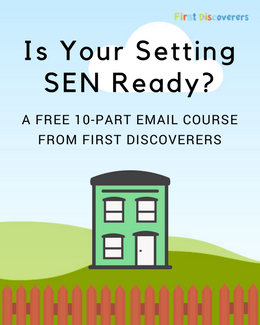
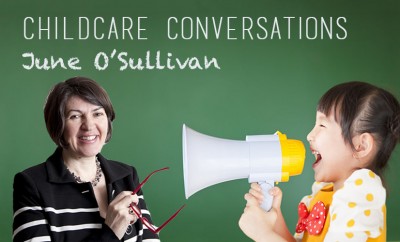
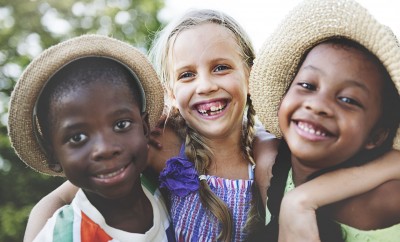
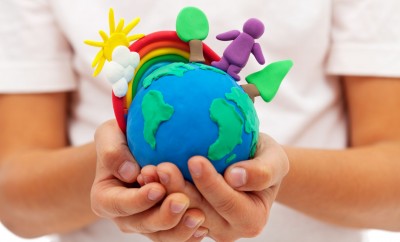

You must be logged in to post a comment Login